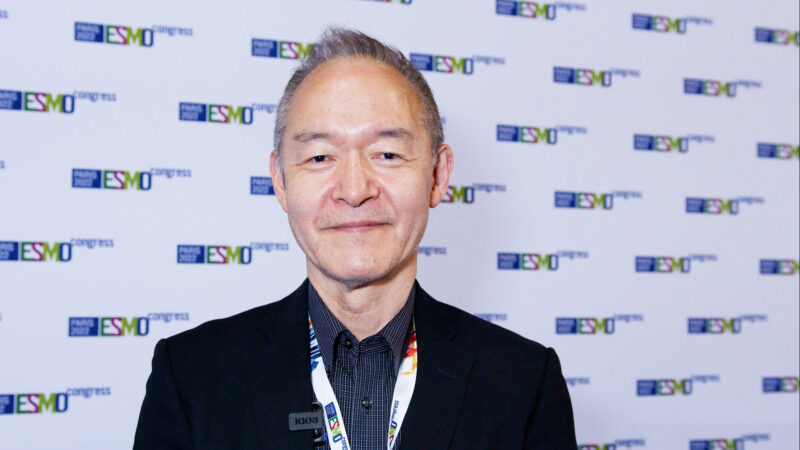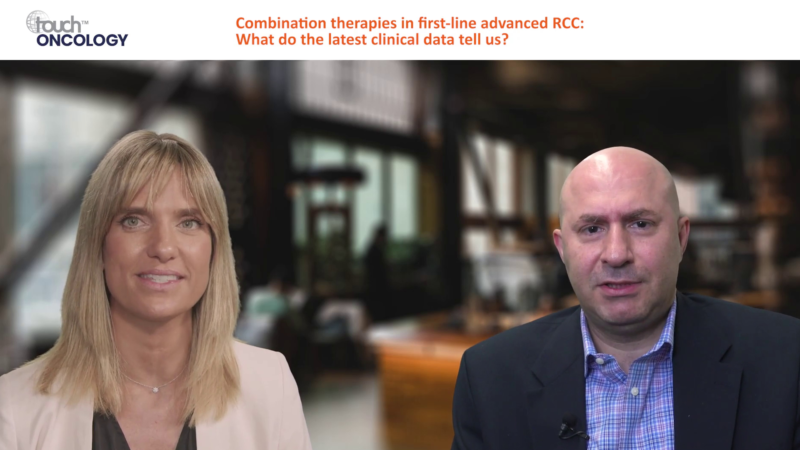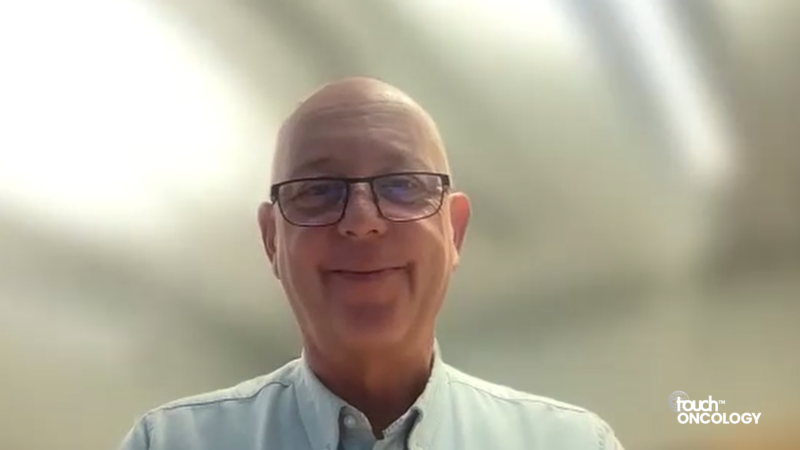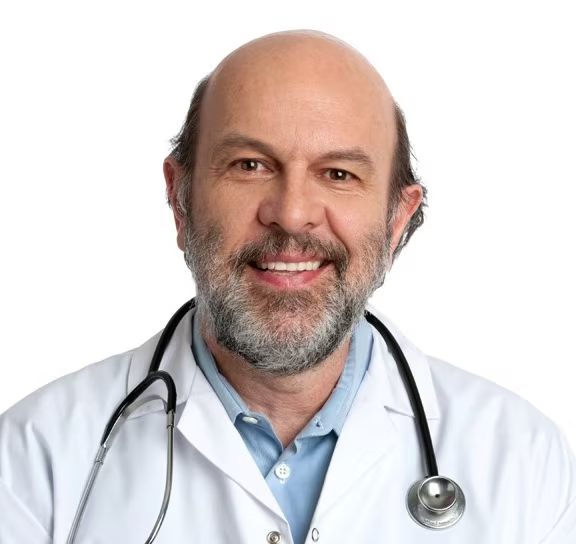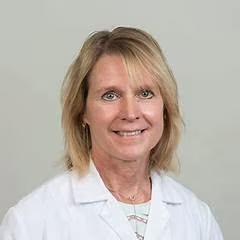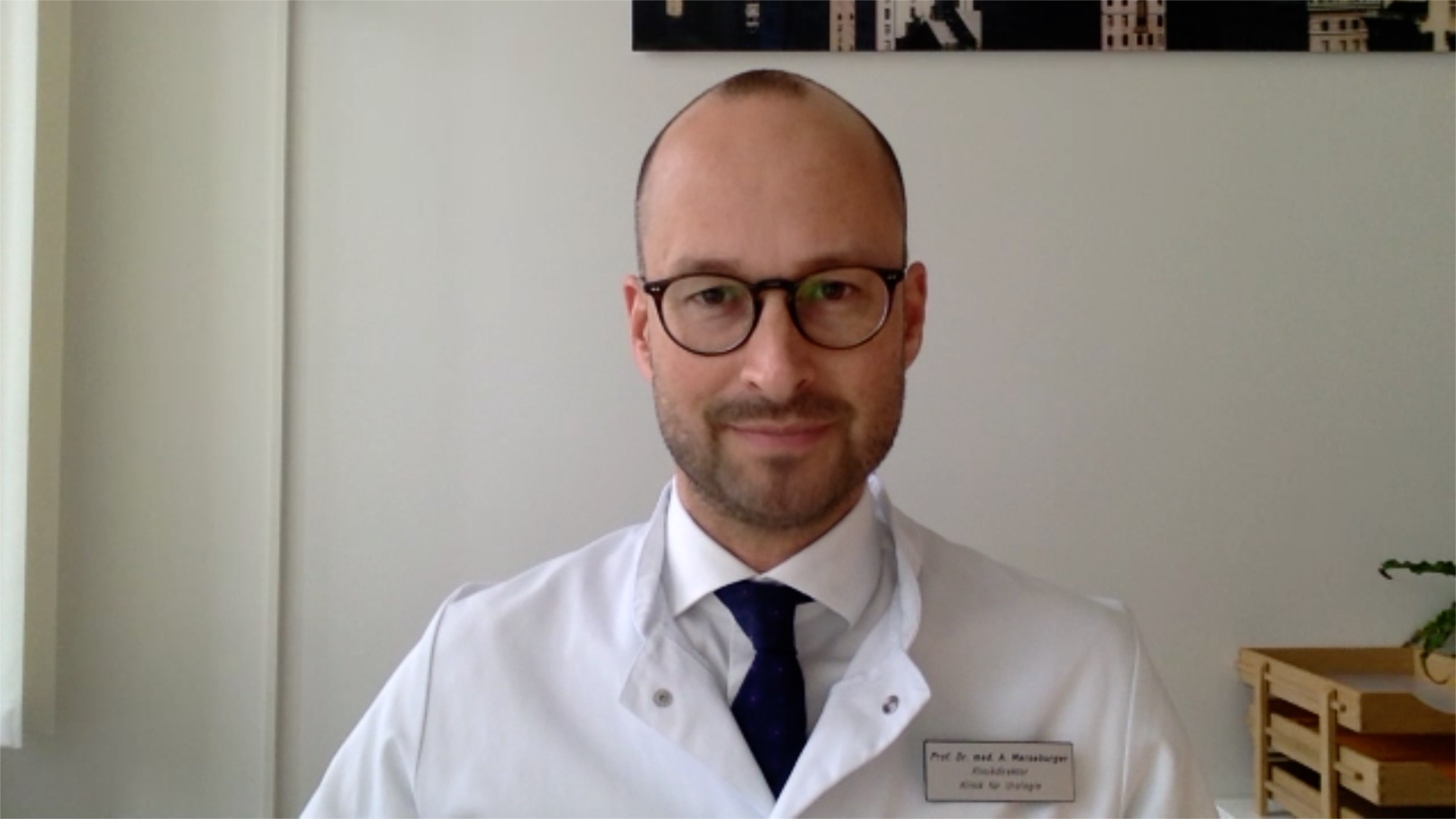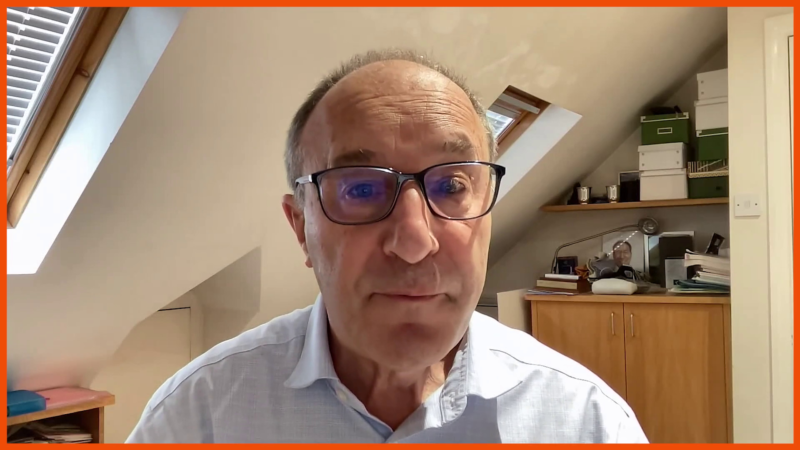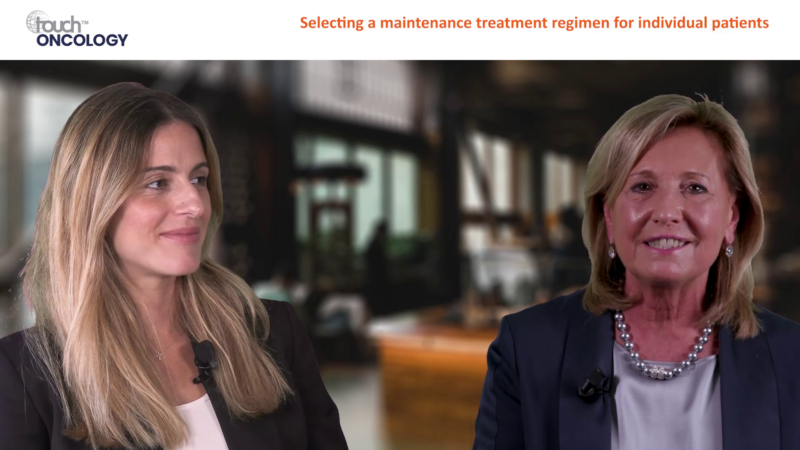Tutorial
This icon indicates there is a poll question. Click it when you see it to interact with your peers.
Tutorial
This icon indicates there is a poll question. Click it when you see it to interact with your peers.
touchIN CONVERSATION
 A relaxed discussion between two faculty focussed on real world clinical issues. Useful tips below will show how to navigate the activity. Join the conversation.
Close
A relaxed discussion between two faculty focussed on real world clinical issues. Useful tips below will show how to navigate the activity. Join the conversation.
Close
 A relaxed discussion between two faculty focussed on real world clinical issues. Useful tips below will show how to navigate the activity. Join the conversation.
Close
A relaxed discussion between two faculty focussed on real world clinical issues. Useful tips below will show how to navigate the activity. Join the conversation.
Close
Cervical cancer prevention and beyond: Optimizing HPV vaccine uptake in all eligible individuals
Learning Objectives
After watching this activity, participants should be better able to:
- Evaluate the burden of oncological and non-oncological HPV-related diseases beyond cervical cancer
- Plan appropriate HPV vaccination schedules for different patient groups
- Design strategies to improve vaccine uptake in different healthcare settings, from primary to specialized care
Overview
In this activity, two experts (a paediatrician specializing in adolescent medicine and a general practitioner specializing in sexual health) share insights on the burden of HPV-related oncological and non-oncological diseases, appropriate vaccination schedules for specific patient groups, and strategies to improve vaccine uptake across different healthcare settings. read more
This activity is jointly provided by USF Health and touchIME.
touchIME is an EBAC® accredited provider.
Target Audience
Paediatricians, family and primary care physicians, internal medicine specialists, obstetricians/gynaecologists, oncologists, dermatologists, urologists, dentists, nurses and nurse practitioners, physician associates and pharmacists involved in HPV vaccination or managing individuals who may have HPV-related diseases.
USF Accreditation
Disclosures
USF Health adheres to the Standards for Integrity and Independence in Accredited Continuing Education. All individuals in a position to influence content have disclosed to USF Health any financial relationship with an ineligible organization. USF Health has reviewed and mitigated all relevant financial relationships related to the content of the activity. The relevant relationships are listed below. All individuals not listed have no relevant financial relationships.
Faculty
Dr Marc Steben discloses: Consultant/advisory fees from GSK and Merck. Speakers’ bureau fees from GSK and Merck. Other fees from Abbott, Attila, GSK, Hologic, Laboratoire Médical Biron, Merck and Roche Molecular Systems. Grant/research fees from Abbott, Attila, GSK, Hologic, Laboratoire Médical Biron, Linepharma, Lupin, Merck, Project PAVE and Project INTEGRATE, and Roche Molecular Systems. Ownership fees from Communications Action-Santé Inc.
Dr Barbara Moscicki discloses: Advisory board or panel fees from Merck.
Content Reviewer
Pharmacist planner and reviewer, Angela Massey Hill, PharmD, CPh, RPh, has no financial interests/relationships or affiliations in relation to this activity.
Touch Medical Contributors
Christina Mackins-Crabtree and Gemma Corr have no financial interests/relationships or affiliations in relation to this activity.
USF Health Office of Continuing Professional Development and touchIME staff have no financial interests/relationships or affiliations in relation to this activity.
Requirements for Successful Completion
In order to receive credit for this activity, participants must review the content and complete the post-test and evaluation form. Statements of credit are awarded upon successful completion of the post-test and evaluation form.
If you have questions regarding credit please contact cpdsupport@usf.edu
Accreditations
Physicians
This activity has been planned and implemented in accordance with the accreditation requirements and policies of the Accreditation Council for Continuing Medical Education (ACCME) through a joint providership of USF Health and touchIME. USF Health is accredited by the ACCME to provide continuing medical education for physicians.
USF Health designates this enduring material for a maximum of 0.75 AMA PRA Category 1 CreditTM. Physicians should claim only the credit commensurate with the extent of their participation in the activity.
Advanced Practice Providers
Physician Assistants may claim a maximum of 0.75 Category 1 credits for completing this activity. NCCPA accepts AMA PRA Category 1 CreditTM from organizations accredited by ACCME or a recognized state medical society.
The AANPCP accepts certificates of participation for educational activities approved for AMA PRA Category 1 CreditTM by ACCME-accredited providers. APRNs who participate will receive a certificate of completion commensurate with the extent of their participation.
Date of original release: 20 February 2025. Date credits expire: 20 February 2028.
If you have any questions regarding credit, please contact cpdsupport@usf.edu
Pharmacists
USF Health is accredited by the Accreditation Council for Pharmacy Education as a provider of continuing pharmacy education. This knowledge-based program has been approved for 0.75 hours (0.075 CEUs). Universal program number is as follows: 0230-9999-25-002-H06-P.
This activity can be viewed on any web browser such as, but not limited to, Google Chrome, Firefox, Safari, Opera, Microsoft Edge and Internet Explorer.
Date of original release: 20 February 2025. Date credits expire: 20 February 2028.
If you have any questions regarding credit please contact cpdsupport@usf.edu
Nurses
USF Health is accredited as a provider of nursing continuing professional development by the American Nurses Credentialing Center’s Commission on Accreditation.
A maximum of 0.75 contact hour(s) may be earned by learners who successfully complete this continuing professional development activity. USF Health, the accredited provider, acknowledges touchIME as the joint provider in the planning and execution of this CNE activity.
This activity is awarded 0.75 ANCC pharmacotherapeutic contact hour.
Date of original release: 20 February 2025. Date credits expire: 20 February 2028.
If you have any questions regarding credit please contact cpdsupport@usf.edu
EBAC® Accreditation
touchIME is an EBAC® accredited provider since 2023.
This programme is accredited by the European Board for Accreditation of Continuing Education for Health Professionals (EBAC®) for 50 minutes of effective education time.
The Accreditation Council for Continuing Medical Education (ACCME®), and the Royal College of Physicians and Surgeons of Canada hold an agreement on mutual recognition on substantive equivalency of accreditation systems with EBAC®.
Through an agreement between the European Board for Accreditation of Continuing Education for Health Professionals and the American Medical Association (AMA), physicians may convert EBAC® CE credits to AMA PRA Category 1 CreditsTM. Information on the process to convert EBAC® credit to AMA credit can be found on the AMA website. Other healthcare professionals may obtain from the AMA a certificate of having participated in an activity eligible for conversion of credit to AMA PRA Category 1 CreditTM.
Faculty Disclosure Statement / Conflict of Interest Policy
In compliance with EBAC® guidelines, all speakers/chairpersons participating in this programme have disclosed or indicated potential conflicts of interest which might cause a bias in the presentations. The Organizing Committee/Course Director is responsible for ensuring that all potential conflicts of interest relevant to the event have been mitigated and declared to the audience prior to the CME activities.
Faculty
Dr Marc Steben discloses: Consultant/advisory fees from GSK and Merck. Speakers’ bureau fees from GSK and Merck. Other fees from Abbott, Attila, GSK, Hologic, Laboratoire Médical Biron, Merck, NCI and Roche Molecular Systems. Grant/research fees from Abbott, Attila, GSK, Hologic, Laboratoire Médical Biron, Linepharma, Lupin, Merck, Project PAVE and Project INTEGRATE, and Roche Molecular Systems. Ownership fees from Communications Action-Santé Inc.
Dr Barbara Moscicki discloses: Advisory board or panel fees from Merck.
Requirements for Successful Completion
Certificates of Completion may be awarded upon successful completion of the post-test and evaluation form. If you have completed one hour or more of effective education through EBAC® accredited CE activities, please contact us at accreditation@touchime.org to receive your EBAC® CE credit certificate. EBAC® grants 1 CE credit for every hour of education completed.
Date of original release: 20 February 2025. Date credits expire: 20 February 2027.
Time to Complete: 50 minutes
If you have any questions regarding the EBAC® credits, please contact accreditation@touchime.org
You may also be interested in...

REGISTER NOW FOR FREE ACCESS TO
- 1000+ topical and insightful peer-reviewed journal articles
- 100+ hours of bite-sized congress highlights
- 10 major therapy areas packed with the latest scientific advances
- 150+ specialties offering learn-on-the-go medical education
- + Concise email updates and newsletters so you never miss out

Log into your Touch Account
Earn and track your CME credits on the go, save articles for later, and follow the latest congress coverage.
Sign up with an Email
Or use a .
This Functionality is for
Members Only
Explore the latest in medical education and stay current in your field. Create a free account to track your learning.








